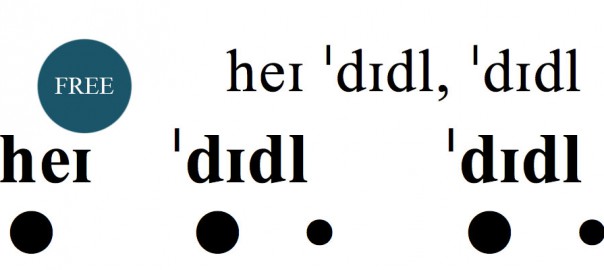Although, like many people, I sometimes read contemporary detective novels for relaxation, I am rarely impressed by their literary qualities – stock characters such as the overworked, overstressed gruff, but good-hearted male detectives, their butch female counterparts, who are much tougher than the men, but whose lives are devoid of any emotional content except for a frustrated sexual encounter, and then the perpetrators who commit unspeakably vicious crimes and just as you wonder what drove an otherwise decent person into this quandary when he or she is shot dead in the ending which turns out to be an action-packed sequence pleading its case for a Hollywood version in order to rake in millions of dollars. The style for the most of them is competent, but interchangeable from author to author. No doubt some computer wizard has already come up with a programme which will give you a text for any clearly defined scene. Type in the exact location, the names of the participants, the level of violence and a few particular features and then – hey presto, you will be provided with a few pages of text. In addition, it is no wonder the reader often feels cheated at the end of the novel. You read a few hundred pages wondering who did it and why he or she did it before the serial killer or perverted maniac is conveniently killed so that the author does not have the bother of explaining the cause of the elaborate profile he has taken so many pages to build up.
It was thus a pleasant shock for me when I came across Simon Lelic’s Novel ‘Rupture’ (also published under a new title ‘A Thousand Cuts’) because not only did the content deal with the extremely important, though relatively neglected issue of bullying but he also managed a stylistic tour de force. The novel consists mainly of a series of monologues spoken to a detective in the background and so the reader has to work out what has been happening. The registers range from the rough slang of the pupils to the pompous English of the hypocritical headmaster with much in between at the meadian intersection of which is the PE teacher whose language is a perfect balance between schoolboy slang and a minimal standard of respectable English. The protagonist, an otherwise ineffectual history teacher, ends up murdering three pupils and one teacher before finally shooting himself at a school assembly. Unlike the above-mentioned detective stories we are not cheated as to the motives as there are more than enough reasons for this drastic act. The main theme is bullying and a new word has entered the English language – ‘bullycide’, which means suicide caused by bullying. The portrayal of the school, a better-than-average comprehensive, is realistic, but despite the grim theme, the oblique questioning lessens the horror of the content cocooned within the banality of everyday speech.
I have used this book in two seminars and the (German) students appreciated the book’s qualities even when working on their own without any secondary literature to act as an aid. Coincidentally, a colleague of mine had also introduced this novel into her seminar without either of us being aware of each other’s choice. This is by no means a typical detective story as can be seen from my article.
This article appeared in JESELL: Jena Electronic Studies in English Language & Literature; 2012, p79.
Download this publication free of charge.





